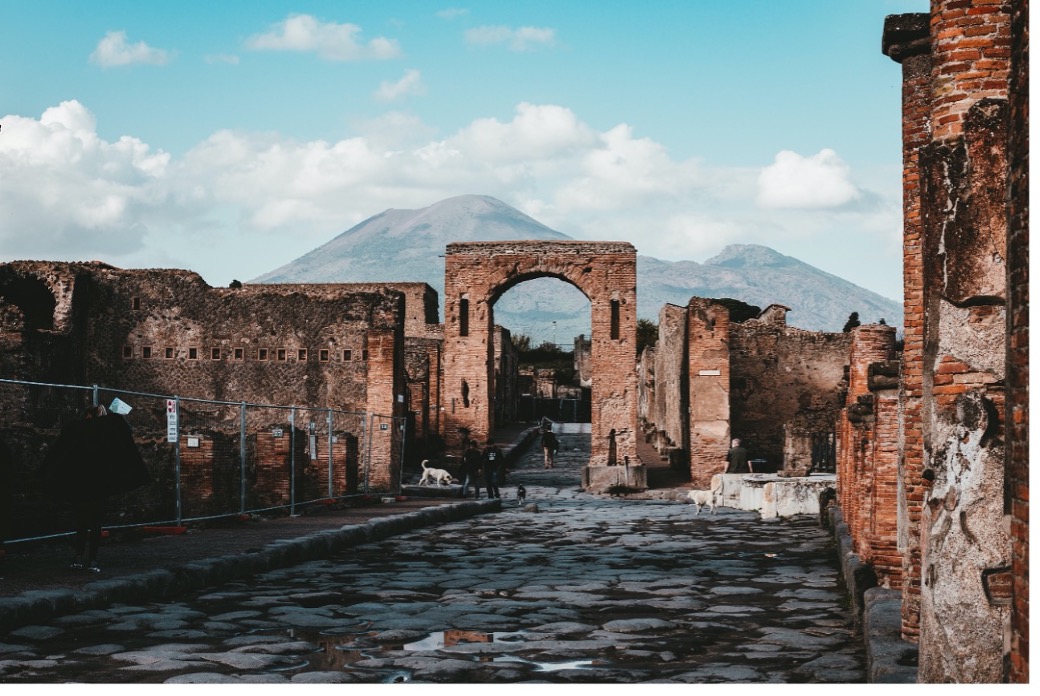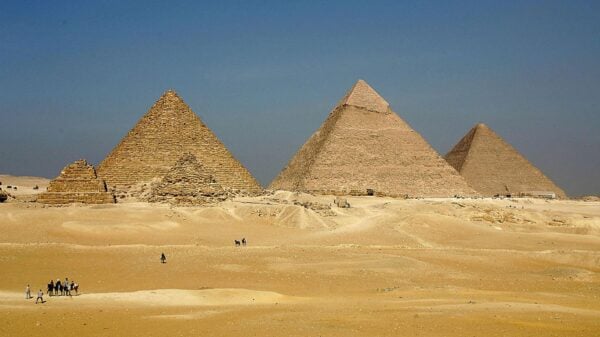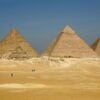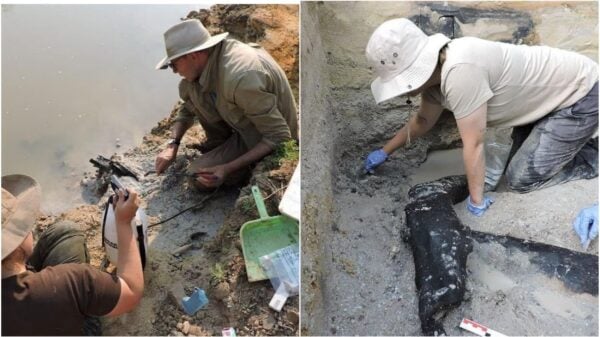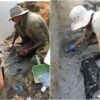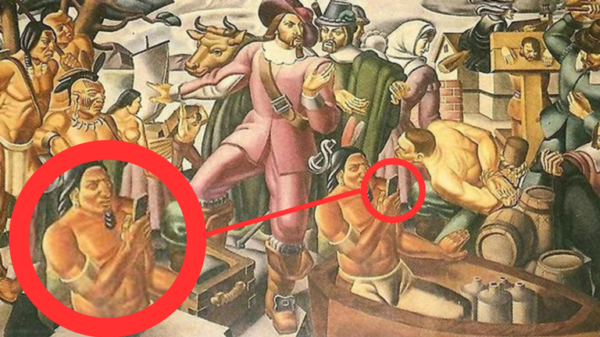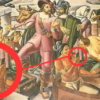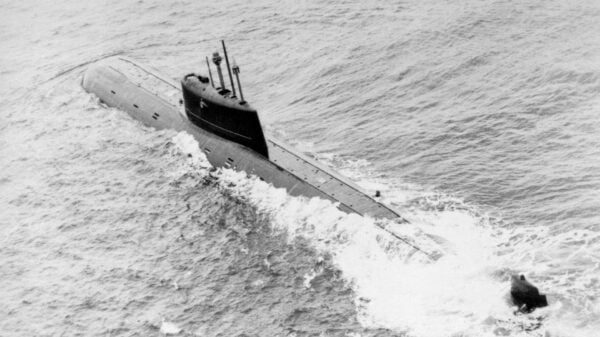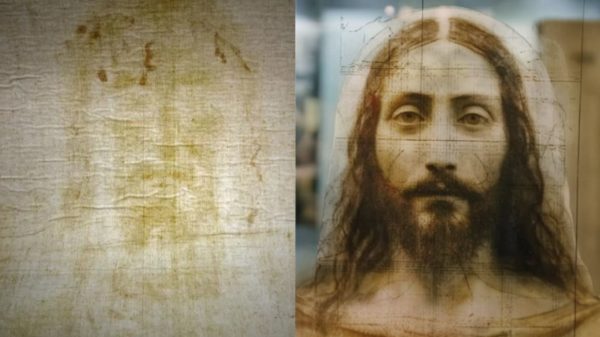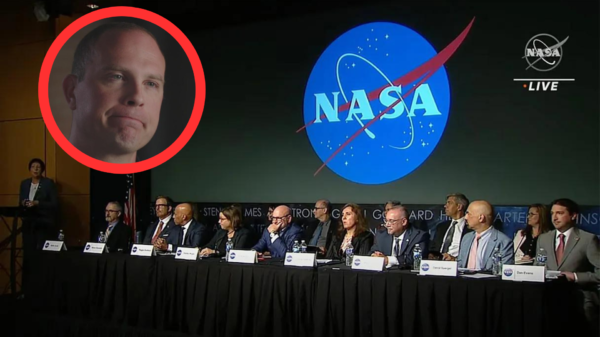Pompeii is a city in Italy that experienced a volcanic Eruption of Vesuvius in 79 A.D on a summer morning. The volcano ejected volcanic ash, molten rocks, and lava at a mind-blowing rate of 1.5 million tons per second with an astounding speed of 100 kilometers per hour.
The discharge engulfed the cities of Pompeii, Herculaneum, and Stabiae, preserving their buildings, art, and artifacts in time. Here are ten interesting Pompeii facts:
1. Unlucky With the Wind Direction
The wind over Vesuvius usually blows towards the South-west, away from Pompeii in summers, towards the Bay of Naples. But on that particular day, the wind blew in a north-westerly direction towards the unlucky city of Pompeii, covering it with all the ash from the eruption.
2. A Holiday Resort
Due to its strategic location for trade via land and sea, Pompeii was a very wealthy city before the eruption. Many rich Romans kept holiday villas in the city, and many traveled to it for vacation. The population of the permanent dwellers of the city is estimated to be between 10,000 and 20,000.
3. The Eruption Was Neither the First nor the Last
During the Bronze Age, around 1800 B.C., Mount Vesuvius erupted three times. After a gap of almost 1,800 years, the most famous eruption destroying Pompeii took place, but more eruptions kept following.
Between 1631 A.D and the end of the nineteenth century, Vesuvius erupted another 15 times. Luigi Palmieri managed to capture the one that took place in 1872 in his infamous sketch. The latest eruption happened in 1944 that killed 26 people and destroyed the city of Sebastiano.
4. The World’s Largest Archaeological Site
Pompeii covers an area of 67 hectares (170 acres) and is currently the largest archaeological site in the world. It was built about 40 meters above sea level on a coastal lava plateau that was created, ironically, by earlier lava eruptions.
5. Its Discovery Was an Accident
The preserved city of Pompeii wasn’t discovered for 1,500 years after the eruption. It was while digging a water tunnel in 1599 A.D that it was found. Geologists started excavating the site in the early 1700s, and since then, parts of it have been open for tourism.
6. The Residents Thought It Was Just a Regular Mountain
As stated earlier, there had not been an eruption in Vesuvius for 1,800 years. This kept the people living in Pompeii from knowing that it was a volcano, although this fact is still up for debate.
7. The Eruption Lasted for 18 Hours
The Eruption of Vesuvius is believed to have lasted for 18 hours. The historians believe it to have occurred around 6:45 A.M on the 24th of August, 79 A.D.
8. The Victims’ Bodies Were Casted
Although the bodies were preserved through ash and hardened pumice, a little decay left holes in the victims’ bodies. In the 19th century, plaster was injected to cast the bodies.
9. Romans Took Over the City from the Greek
Some of the oldest structures found during the unearthing of Pompeii are thought to have been designed by earlier Greek settlers.
10. Graffiti
A lot of ancient graffiti was unearthed from the city. Some of them are adverts of the prevalent sports of that time, and others include name tags, messages, greetings, literary quotes, obscenities, and dates.
Today, the city of Pompeii enjoys visits from 2.6 million people every year. The city is prized by geologists from across the world as it is a preserved slice of life from a 2000-year-old civilization. With the latest technology, more and more information and facts about Pompeii and its residents are being discovered.


